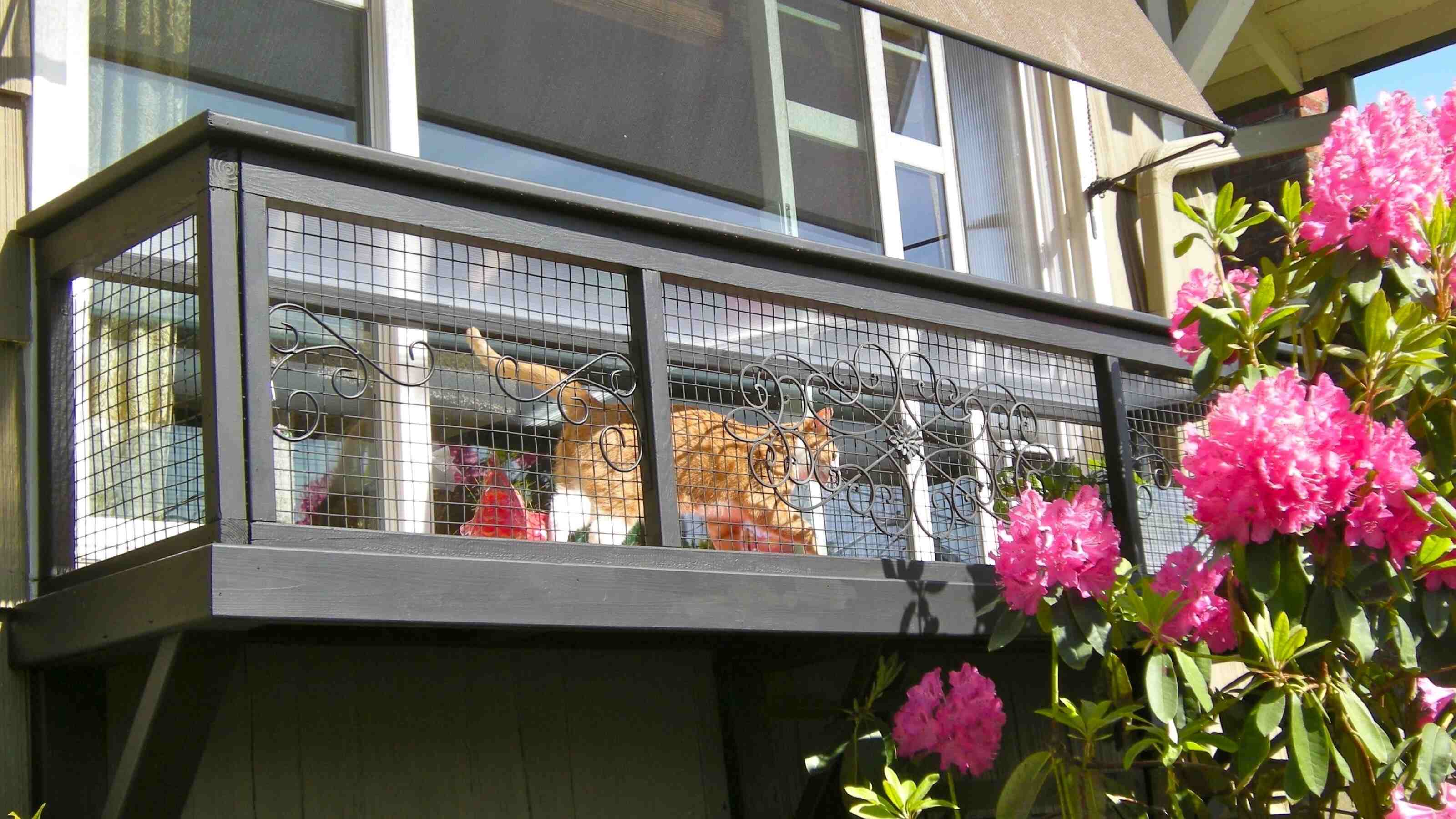

Articles
How To Make A Catio On A Balcony
Modified: January 14, 2024
Discover how to make a catio on your balcony with these helpful articles. Create a safe and comfortable outdoor space for your feline friend.
(Many of the links in this article redirect to a specific reviewed product. Your purchase of these products through affiliate links helps to generate commission for Storables.com, at no extra cost. Learn more)
Introduction
Do you want to keep your indoor cat safe while allowing them to enjoy some fresh air and sunshine? Look no further than a catio! A catio, a play on the words “cat” and “patio,” is a designated space for cats to experience the outdoors in a safe and controlled environment.
One of the best places to create a catio is on your balcony. By transforming your balcony into a feline oasis, you can provide your cat with the stimulation, exercise, and enrichment they need, without compromising their safety.
In this article, we will guide you through the process of creating a catio on your balcony. From assessing your balcony space to ensuring your cat’s comfort, we will cover everything you need to know to create a wonderful outdoor space for your feline friend.
But before we jump into the steps, it’s important to note that the size and design of your catio will depend on the size and layout of your balcony, as well as your cat’s personality and preferences. Keep these factors in mind as you plan and customize your catio to ensure the best experience for your furry friend.
Now, let’s get started on creating an irresistible catio on your balcony!
Key Takeaways:
- Creating a catio on your balcony provides a safe and enriching outdoor experience for your indoor cat. From assessing the space to introducing your cat, this step-by-step guide ensures a feline-friendly haven.
- Prioritizing safety, choosing the right materials, and adding comfort elements are essential in building a catio. The process allows for customization to meet your cat’s needs and create a secure and stimulating environment.
Read more: How To Make Your Balcony Private
Step 1: Assessing your balcony
Before diving into the construction of your catio, it’s crucial to assess your balcony and take note of its size, layout, and any limitations or restrictions. This step will help you determine the feasibility of creating a catio and plan accordingly.
Here are a few key factors to consider:
- Balcony size: Measure the dimensions of your balcony to have a clear idea of the available space. Take note of any obstructions such as pillars, vents, or electrical outlets that may need to be accounted for in your catio design.
- Balcony regulations: Check with your building management or homeowner’s association for any specific rules or regulations regarding balcony modifications. Some buildings or complexes may have restrictions on the construction of catios.
- Weight restrictions: Determine the maximum weight your balcony can support. This is crucial as the catio will add additional weight to the structure. Consult an engineer or professional if you are unsure about the weight-bearing capacity.
- Accessibility: Consider how you will access the catio from inside your home. Look for suitable areas where you can install a cat door or create a designated entry point for your cat.
Once you have assessed these factors, you will have a better understanding of what is feasible for your balcony catio. Remember, safety should be your top priority. Ensure that the balcony and railing are secure, and there are no gaps or openings that could pose a danger to your cat.
With your assessment complete, you are now ready to move on to the next step: choosing the right materials for your catio construction!
Step 2: Choosing the right materials
When it comes to creating a catio on your balcony, selecting the right materials is essential to ensure both durability and the safety of your cat. Here are some key considerations when choosing materials:
- Wire mesh: Opt for high-quality wire mesh that is sturdy and resistant to your cat’s claws. Look for mesh with small openings to prevent your cat from squeezing through or getting stuck. Consider using galvanized or stainless steel mesh for better durability and weather resistance.
- Frame materials: The frame of your catio will provide the structure and support for the mesh. Choose materials such as pressure-treated wood, PVC pipes, or metal that can withstand outdoor elements. Ensure that they are non-toxic and safe for your cat.
- Weatherproofing: Since your catio will be exposed to the elements, make sure to weatherproof the materials appropriately. Use waterproof sealants or paint for wooden frames and rust-resistant coatings for metal components.
- Hardware: Use heavy-duty hardware, such as screws, brackets, and connectors, to ensure the stability and security of your catio. Avoid materials that can rust or deteriorate over time.
- Additional features: Depending on your design, you may need additional materials such as shelves, perches, or scratching posts. Look for cat-friendly materials that are safe for your cat, such as sisal rope or carpeting.
Remember to consider the aesthetic appeal of your chosen materials as well. Your catio should not only be functional but also blend seamlessly with your balcony and surrounding environment.
Consult with local hardware stores, pet supply shops, or online retailers for a wide variety of materials suitable for building a catio. They can provide recommendations based on your specific needs and budget.
Once you have selected the materials, it’s time to move on to the next step: designing the layout of your balcony catio!
Step 3: Designing the layout
Designing the layout of your balcony catio is an exciting step that allows you to create a space that both you and your cat will love. Consider the following factors when planning the layout:
- Activity zones: Divide your catio into different activity zones to provide variety and stimulation for your cat. Consider areas for climbing, lounging, playing, and hiding. This will keep your cat engaged and entertained.
- Vertical space: Cats love to climb and explore vertical spaces. Incorporate shelves, perches, or cat trees at different heights to maximize the use of vertical space and create elevated vantage points for your cat.
- Escape routes: Ensure that your catio design includes multiple escape routes in case of emergencies. These could include cat doors, ramps, or ladder-like structures that allow your cat to safely exit the catio if needed.
- Privacy shields: Consider adding privacy shields or curtains to create cozy and secluded areas within the catio. This will give your cat a sense of security and allow them to relax without feeling exposed.
- Access to amenities: If possible, design your catio layout near a water source and a litter box. This will make it easier for your cat to access their essentials without having to leave the catio.
- Plants and greenery: Incorporate cat-safe plants or vertical gardens in your catio design to provide a natural and calming environment for your cat. Ensure that the plants you choose are non-toxic and safe for feline consumption.
Consider your cat’s personality and preferences when designing the layout. Some cats may enjoy open spaces and interactive toys, while others may prefer cozy hiding spots. Observe your cat’s behavior and tailor the catio to their needs.
Sketch out your catio design on paper or use online design tools to visualize the layout. This will help you refine and finalize your plan before moving on to construction.
With the layout finalized, you’re ready to embark on the construction phase! But first, let’s move on to Step 4: building the catio frame.
Step 4: Building the catio frame
Building the frame of your catio is a crucial step in creating a sturdy and secure structure. Follow these steps to construct the frame:
- Measure and cut: Use your chosen frame materials, such as pressure-treated wood or PVC pipes, to measure and cut the pieces according to your catio design. Ensure that the measurements are precise to guarantee a snug fit.
- Pre-drill holes: Before assembling the frame, pre-drill holes in the appropriate locations to prevent the materials from splitting. This step is especially important when working with wood.
- Secure the corners: Assemble the frame by connecting the pieces at the corners. Use screws, brackets, or connectors to securely fasten the joints. Double-check the alignment and stability of the frame to ensure its structural integrity.
- Attach the frame to the balcony: Depending on your balcony’s structure, use appropriate mounting hardware to attach the frame to the balcony railing or walls. Consult an expert or follow manufacturer instructions for the safest and most secure installation.
- Check for stability: Once the frame is attached, give it a gentle shake to test its stability. The frame should be securely anchored and not wobble or sway. Make any necessary adjustments or reinforcements if needed.
Remember to prioritize safety throughout the construction process. Double-check that all edges and corners are smooth, eliminating potential hazards for your cat. Additionally, ensure that there are no gaps or openings where your cat could escape or get stuck.
Once the frame is built and securely in place, you’re one step closer to completing your catio. Next, we’ll move on to Step 5: installing the wire mesh.
Read more: How To Make Balcony Cat Safe
Step 5: Installing the wire mesh
Installing the wire mesh is a crucial step in creating a safe and secure environment for your cat in the catio. Follow these steps to properly install the mesh:
- Measure and cut: Measure the dimensions of each panel of the catio frame to determine the size of the wire mesh needed. Use wire cutters or shears to carefully cut the mesh to the appropriate size.
- Attach the mesh: Start by securing one edge of the mesh to the frame using heavy-duty staples or zip ties. Gradually work your way around the panel, attaching the mesh securely at regular intervals. Ensure that the mesh is stretched tightly to prevent any sagging.
- Overlapping panels: If your catio design includes panels that overlap, overlap the edges of the mesh and secure them together with wire or zip ties. This will provide extra stability and prevent any gaps.
- Trim excess mesh: Once the mesh is secure, trim any excess material using wire cutters or shears. Be careful not to leave any sharp edges that could potentially harm your cat.
- Check for gaps: Carefully inspect the entire catio for any gaps or openings in the mesh where your cat could squeeze through or get stuck. Make any necessary adjustments or repairs to ensure the mesh is secure and cat-proof.
It’s essential to choose a wire mesh with small enough openings to prevent your cat from escaping or encountering any hazards. Ensure that the mesh is tightly secured to the frame to eliminate any potential weak points or vulnerabilities.
Once the wire mesh is installed, you have successfully created the structure of your catio. The next step is to add shelves and perches to make the space comfortable and enjoyable for your cat. Let’s move on to Step 6: adding shelves and perches!
When making a catio on a balcony, ensure that the structure is securely attached to the balcony railing or wall to prevent any accidents or collapses. Use strong and durable materials to withstand outdoor elements.
Step 6: Adding shelves and perches
Adding shelves and perches to your catio will provide your cat with elevated spaces for climbing, lounging, and observing their surroundings. Follow these steps to incorporate shelves and perches into your catio:
- Determine the locations: Assess the layout of your catio and identify suitable areas for shelves and perches. Consider placing them near walls or corners to maximize space.
- Choose materials: Select materials for the shelves and perches that are safe, comfortable, and durable. Look for options such as sturdy wooden shelves, carpeted platforms, or hammock-style perches that cats can relax on.
- Attach brackets or supports: Install brackets or supports to the walls or the frame of the catio where you plan to position the shelves and perches. Ensure they are securely fastened and can support the weight of your cat.
- Install the shelves and perches: Place the shelves or perches on top of the brackets or supports and secure them in place. Use screws or bolts to ensure stability, especially for larger or heavier platforms.
- Create variety: Incorporate a mix of different types of shelves and perches at various heights and angles to provide options for your cat. Include vertical climbing surfaces, horizontal lounging areas, and cozy nooks.
- Add accessories: Enhance the comfort and enjoyment of your cat by adding accessories such as soft cushions, blankets, or toys to the shelves and perches. These additional touches will make the space inviting and cozy.
Observe your cat’s behavior and preferences to determine the ideal placement of shelves and perches. Some cats may prefer higher platforms for a bird’s eye view, while others may enjoy the security of lower hideaways.
Regularly inspect the shelves and perches for stability and wear. Replace any worn-out materials or tighten any loose screws to maintain a safe and comfortable environment for your cat.
With the addition of shelves and perches, your catio is now becoming a truly feline-friendly space. Next, let’s move on to Step 7: providing shade and privacy to ensure your cat’s comfort.
Step 7: Providing shade and privacy
Creating a shaded and private area within your catio is essential to ensure your cat’s comfort and well-being. Follow these steps to provide shade and privacy:
- Shade options: Assess the sunlight exposure on your balcony and determine the areas that receive the most direct sunlight. Install a shade sail, outdoor umbrella, or canopy to provide shade and protect your cat from excessive heat and sun exposure.
- Privacy shields: Install privacy shields or curtains on the sides of your catio to create secluded spaces and block outside view. This will provide a sense of security and help your cat feel more at ease in their outdoor environment.
- Plants and greenery: Introduce cat-friendly plants around the perimeter of your catio to provide additional shade and privacy. Consider plants with large leaves or dense foliage that can create a natural barrier between your cat and the outside world.
- Cozy hideouts: Incorporate covered hideouts or enclosed spaces within the catio where your cat can retreat for privacy and relaxation. These can be cozy cat condos, covered tunnels, or enclosed hammocks.
- Soft furnishings: Add soft and comfortable cushions or blankets to provide cozy resting spots within the shaded areas of the catio. This will make the space inviting and cozy for your cat.
- Check for ventilation: While ensuring privacy, make sure there is adequate airflow and ventilation within the catio. This will prevent the space from becoming stuffy or overheated.
Remember to use cat-friendly materials for shade options, privacy shields, and furnishings. Avoid any toxic plants or materials that could harm your cat if ingested.
Observing your cat’s behavior and preferences will also help determine the ideal placement of shade structures and privacy enhancements. Some cats may prefer fully shaded areas, while others may enjoy basking in the sun for short periods of time.
With the addition of shade and privacy, your catio is becoming a cozy and secluded retreat for your cat. Next, let’s move on to Step 8: ensuring safety and security within the catio.
Step 8: Ensuring safety and security
Ensuring the safety and security of your cat within the catio is of utmost importance. Follow these steps to create a secure environment:
- Secure the perimeter: Regularly inspect the entire catio to ensure there are no gaps, holes, or openings where your cat could escape or get stuck. Reinforce and repair any weak areas with additional mesh, netting, or barriers.
- Check for hazards: Remove any potential hazards or toxic substances from the catio, such as plants that are poisonous to cats or dangerous objects. Double-check that all electrical cords, wires, or sharp objects are secure and out of reach.
- Ensure sturdy construction: Evaluate the stability of the catio structure and make any necessary adjustments or reinforcements. This includes checking the integrity of the frame, mesh, shelves, and perches to prevent accidents or collapses.
- Supervise outdoor time: Always supervise your cat when they are in the catio to ensure their safety. While the catio is designed to be a secure space, it is still essential to keep a watchful eye on your cat’s behavior and activities.
- Provide fresh water: Ensure that your cat has access to fresh water within the catio. Consider installing a water dispenser or regularly monitor and replenish the water bowl to keep your cat hydrated.
- Regular maintenance: Schedule regular maintenance of the catio, including cleaning the mesh, inspecting the frame for wear and tear, and replacing any damaged or worn-out components. This will help ensure the ongoing safety and longevity of the catio.
Keep in mind that even within the safe confines of a catio, it’s essential to follow basic safety protocols for your cat. This includes keeping up-to-date with vaccinations, providing regular flea and tick prevention, and ensuring they have proper identification.
By taking these measures, you can create a secure and worry-free environment for your cat to enjoy the outdoor experience within the catio.
Now that your catio is safe and secure, it’s time for the exciting part: decorating and furnishing the catio! Let’s move on to Step 9.
Read more: How To Tile A Balcony
Step 9: Decorating and furnishing the catio
Decorating and furnishing the catio will transform it into a delightful and stimulating space for your cat. Follow these steps to add the finishing touches:
- Add cozy bedding: Provide comfortable and soft bedding for your cat to relax and nap on. Consider using cat beds, blankets, or cushions that are easy to clean and cozy for your cat.
- Hang toys and interactive elements: Hang cat toys, scratching posts, or interactive elements from the catio ceiling or walls. This will provide enrichment and entertainment for your cat, encouraging play and exercise.
- Introduce a litter box: Allocate a designated area within the catio for a litter box. Ensure it is easily accessible for your cat, yet away from areas where they eat or sleep. Keep the litter box clean and regularly monitor and change the litter.
- Include cat-friendly plants: Incorporate non-toxic plants within the catio to add a touch of nature and promote a calming environment. Choose plants that cats can nibble on safely, such as catnip or cat grass.
- Hang bird feeders or birdhouses: Install bird feeders or birdhouses near the catio to provide visual stimulation for your cat. Watching birds can be a source of entertainment for them and replicate the thrill of hunting.
- Consider ambient sounds: Create a soothing atmosphere by playing soft ambient sounds or nature sounds in the background. This can help create a relaxing and stimulating environment for your cat.
- Personalize the space: Add personal touches to the catio, such as photos of your cat or decorative elements that reflect their personality. This will make the space feel even more special and customized for your feline companion.
Keep in mind that the catio should cater to your cat’s preferences and needs. Pay attention to their behavior and adjust the decorations and furnishings accordingly. Rotating toys or introducing new items periodically can help keep the catio engaging and exciting.
By incorporating these elements, you will create a comfortable and stimulating environment that will keep your cat entertained and content in their outdoor haven.
Now that your catio is beautifully decorated, it’s time to introduce your cat to their new outdoor space. Let’s move on to Step 10!
Step 10: Introducing your cat to the catio
Introducing your cat to their new catio space is an important step to ensure a positive and successful transition. Follow these steps to help your cat get acquainted with their outdoor haven:
- Gradual introduction: Introduce your cat to the catio gradually to avoid overwhelming them. Allow them to explore at their own pace and provide plenty of encouragement and positive reinforcement.
- Set up familiar scents: Place items with familiar scents, such as your cat’s bedding or toys, in the catio to help them feel more comfortable and secure in their new environment.
- Supervised visits: Initially, supervise your cat’s visits to the catio to ensure their safety and monitor their behavior. Stay close by and be available to offer reassurance and support if needed.
- Encourage play and exploration: Engage your cat with interactive toys or playtime in the catio to stimulate their curiosity and encourage them to explore their surroundings. This will help them associate the catio with positive experiences.
- Offer treats and rewards: Reward your cat with treats, praise, or playtime whenever they enter and engage positively with the catio. This will reinforce the connection between the catio and positive experiences.
- Observe and adjust: Observe your cat’s behavior and comfort level in the catio. Make any necessary adjustments, such as adding additional hiding spots or adjusting the layout, to enhance their experience and ensure their well-being.
Remember, every cat is unique and may require different amounts of time to adjust to new environments. Be patient and give your cat the space and time they need to become familiar with their catio. With patience and positive reinforcement, your cat will soon embrace their new outdoor space.
Congratulations! You have successfully created a catio on your balcony, providing your cat with a safe and enriching outdoor experience. Enjoy watching your furry friend explore, play, and relax in their personalized haven!
If you have any further questions or need additional guidance, feel free to reach out. Happy catio adventures!
HTML validation check: W3C Markup Validation Service
Conclusion
Creating a catio on your balcony is a wonderful way to provide your indoor cat with the sights, sounds, and fresh air of the outdoors while ensuring their safety. By following the step-by-step guide outlined in this article, you can transform your balcony into an enticing and secure environment for your feline friend.
From assessing your balcony space and selecting the right materials to designing the layout and adding the finishing touches, each step contributes to creating a catio that meets your cat’s needs and preferences. The process allows you to customize the space to provide maximum comfort, stimulation, and enjoyment for your cat.
Remember to prioritize safety throughout the construction and maintenance of the catio. Regular inspections, proper materials, and attention to detail will help create a secure environment that puts your cat’s well-being first.
Decorating and furnishing the catio adds the final touches, making the space inviting and cozy for your cat. With the addition of shelves, perches, toys, and comfort items, your cat will have a haven that satisfies their natural instincts and provides endless entertainment.
Once your catio is complete, it’s time to introduce your cat to their outdoor oasis. Gradual introductions, positive reinforcement, and patience will help your cat feel comfortable and confident in their new space.
Creating a catio on your balcony is a rewarding project that benefits both you and your cat. It allows your feline companion to experience the outdoors safely while providing you with peace of mind knowing they are protected and content.
So, embrace the opportunity to create a catio and give your cat the best of both worlds – the comforts of indoor living and the joys of the outdoor environment, all in one space. Your cat will thank you for it, and you’ll enjoy watching them thrive in their new outdoor sanctuary!
HTML validation check: W3C Markup Validation Service
Frequently Asked Questions about How To Make A Catio On A Balcony
Was this page helpful?
At Storables.com, we guarantee accurate and reliable information. Our content, validated by Expert Board Contributors, is crafted following stringent Editorial Policies. We're committed to providing you with well-researched, expert-backed insights for all your informational needs.
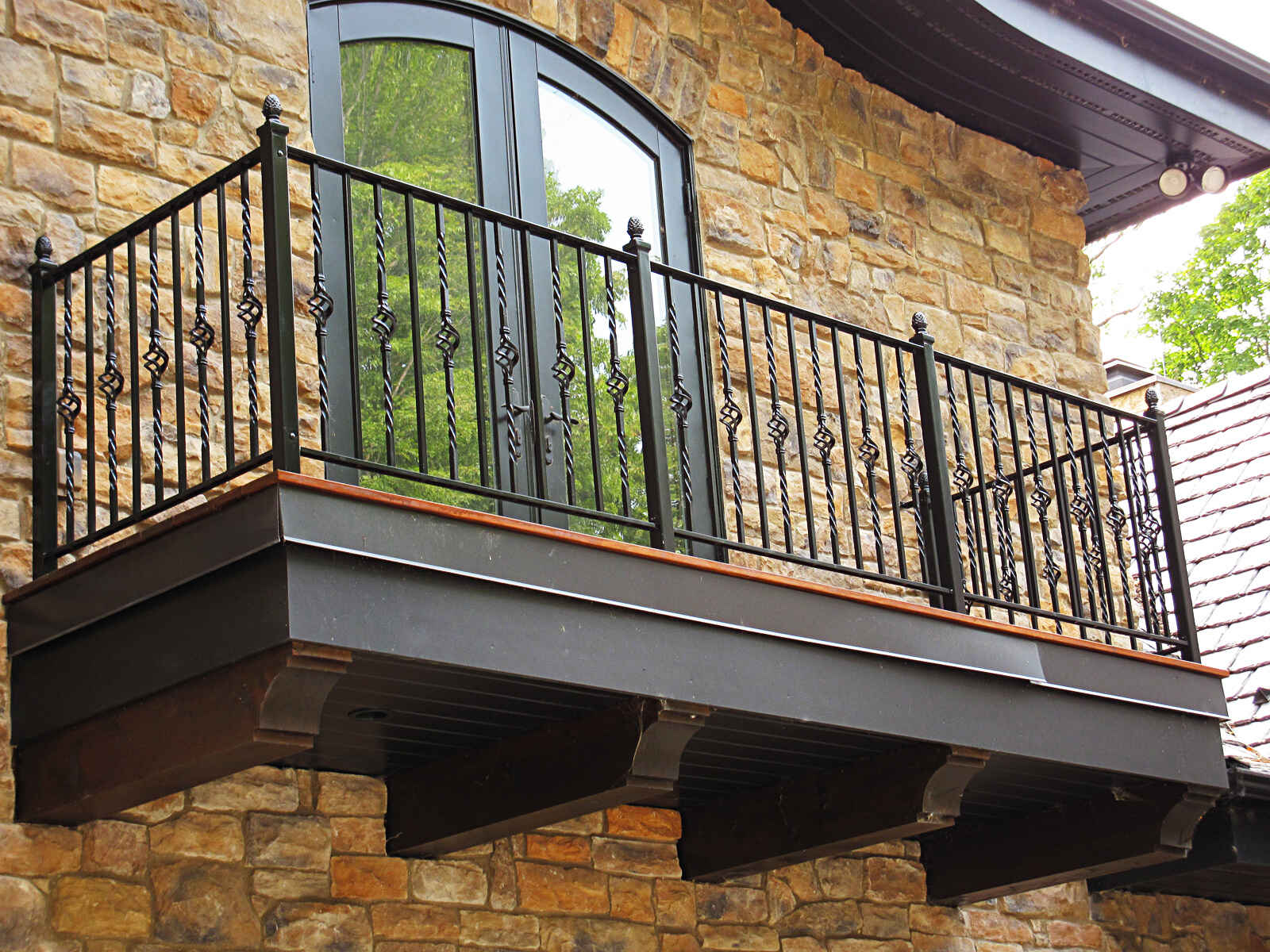

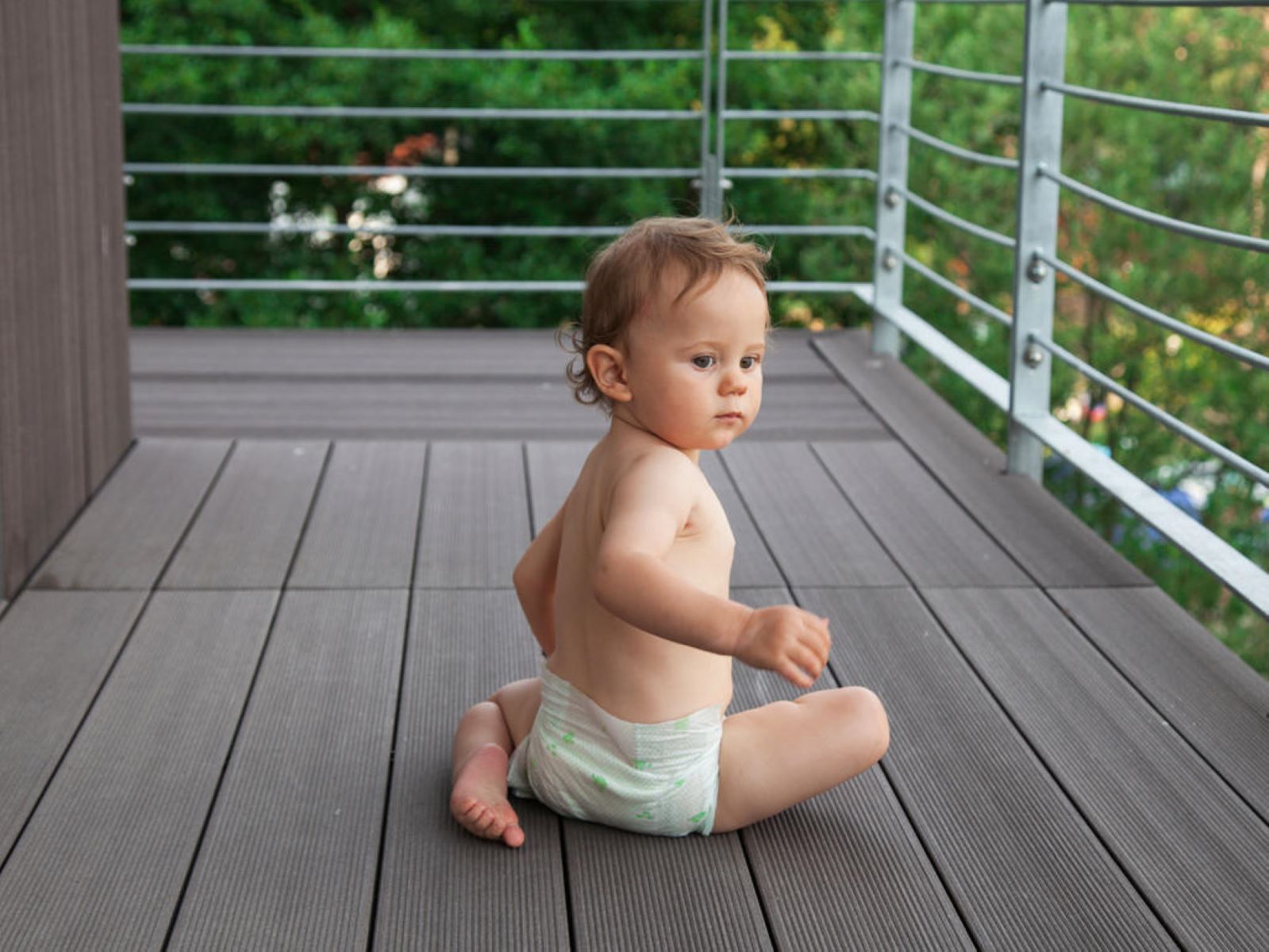
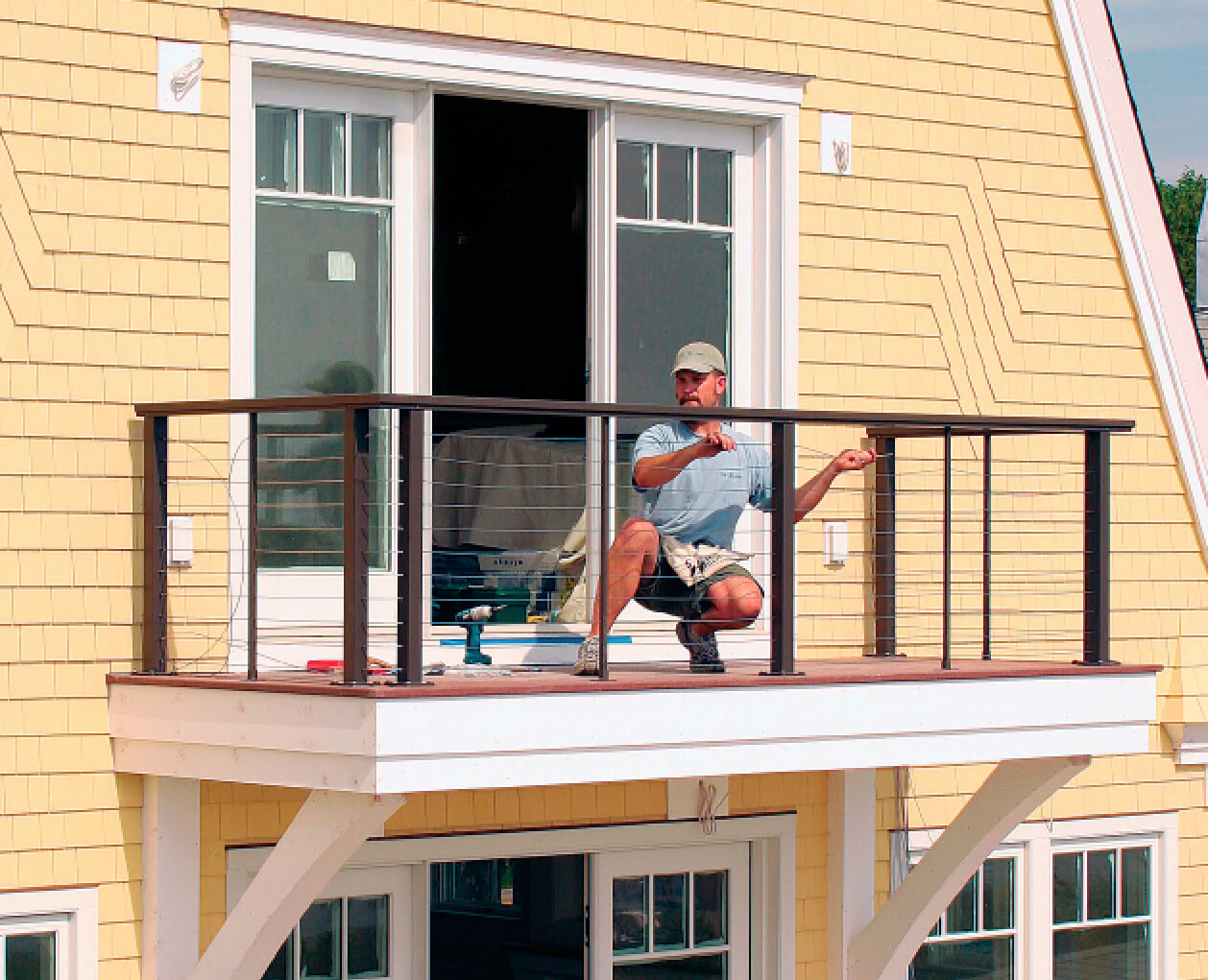

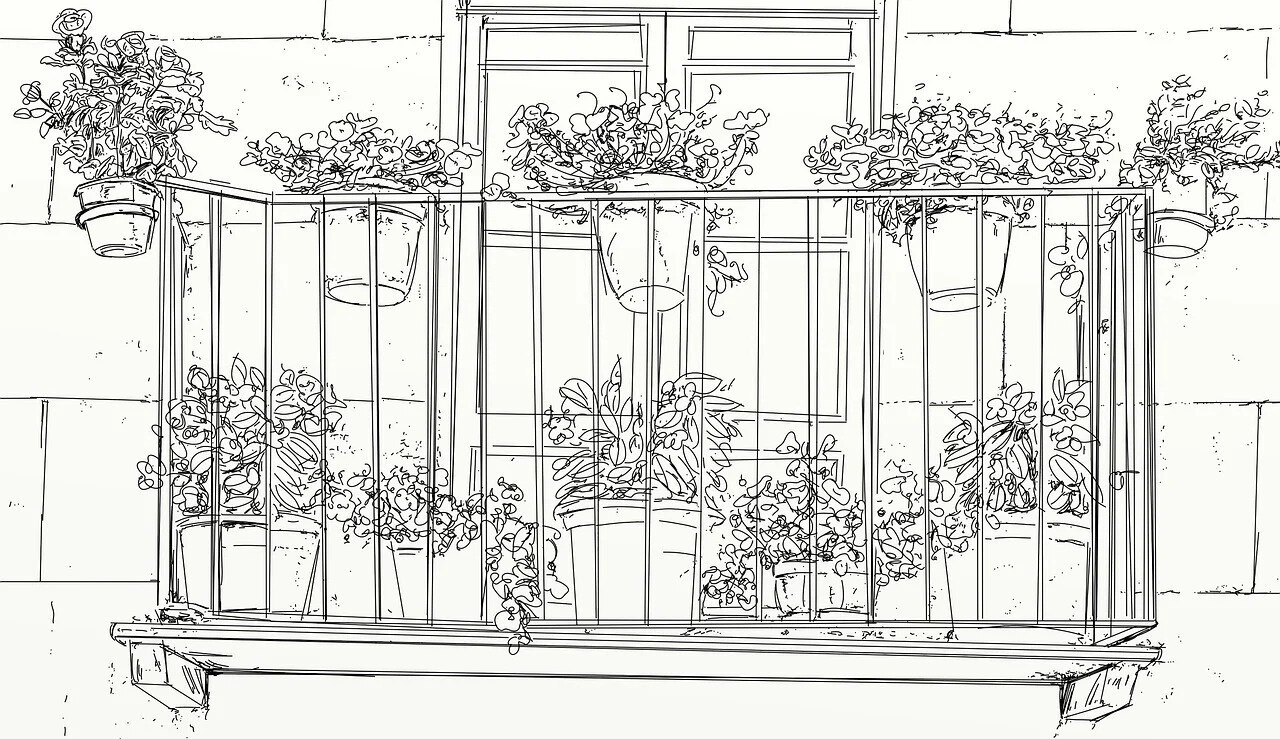
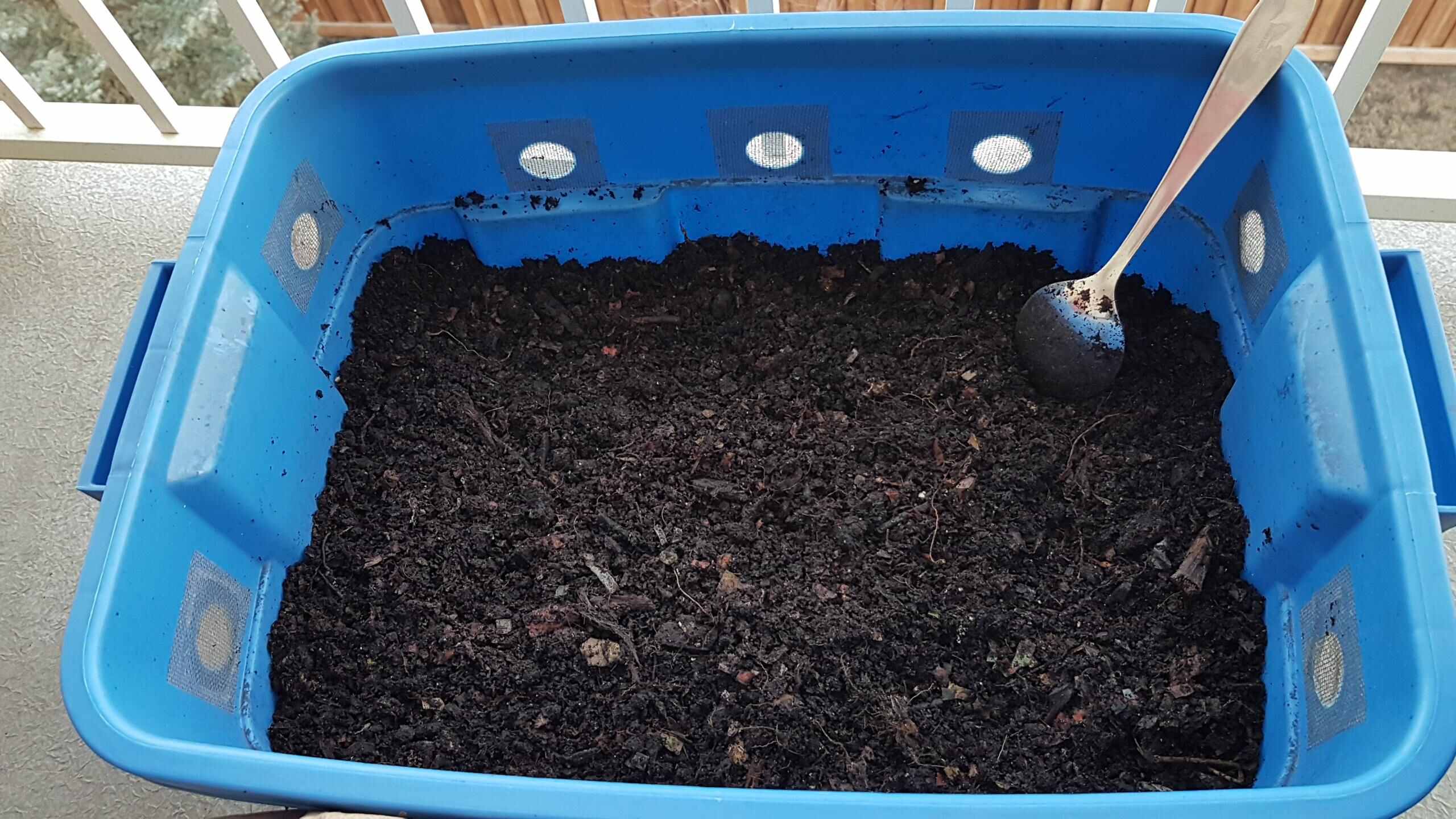
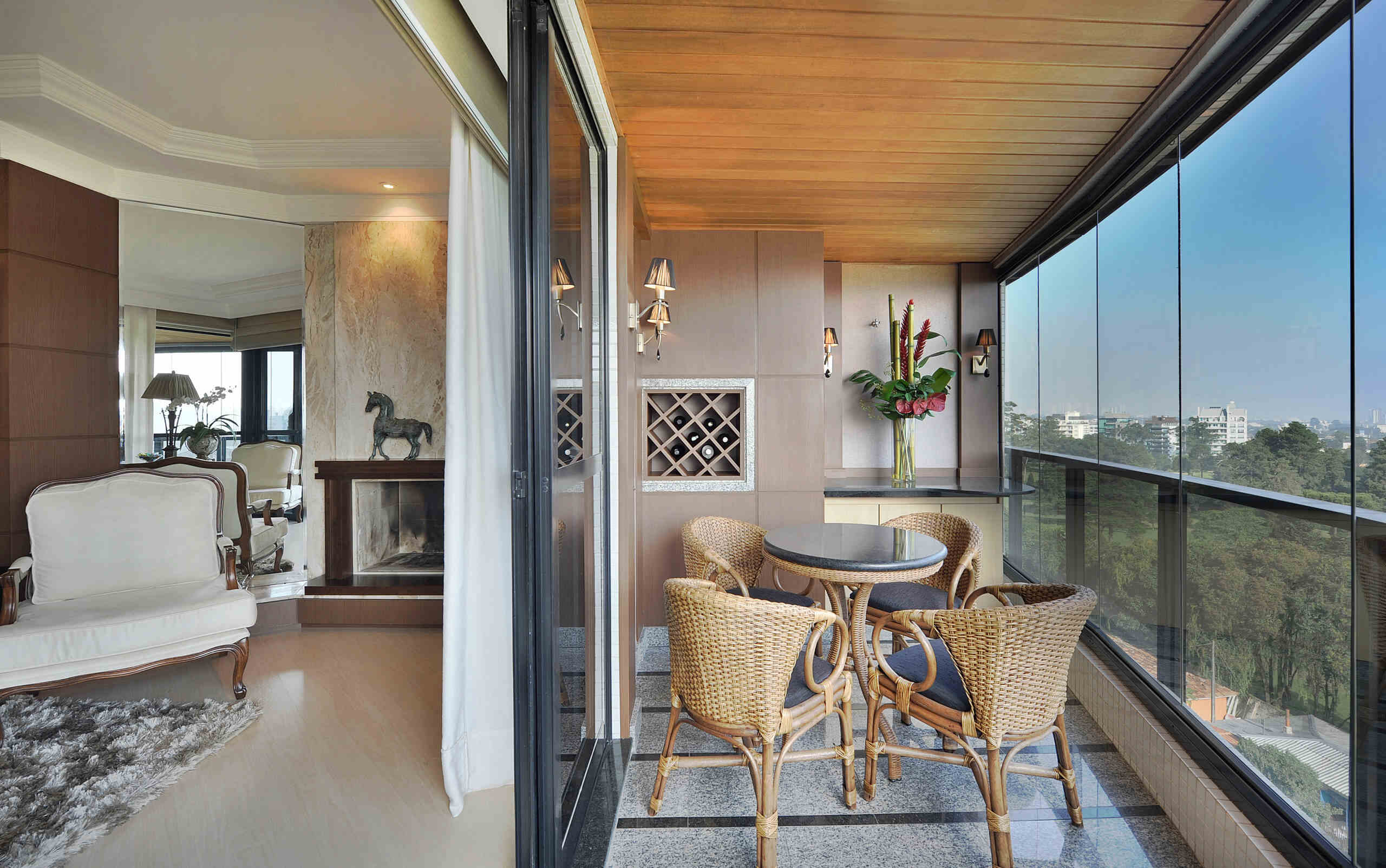
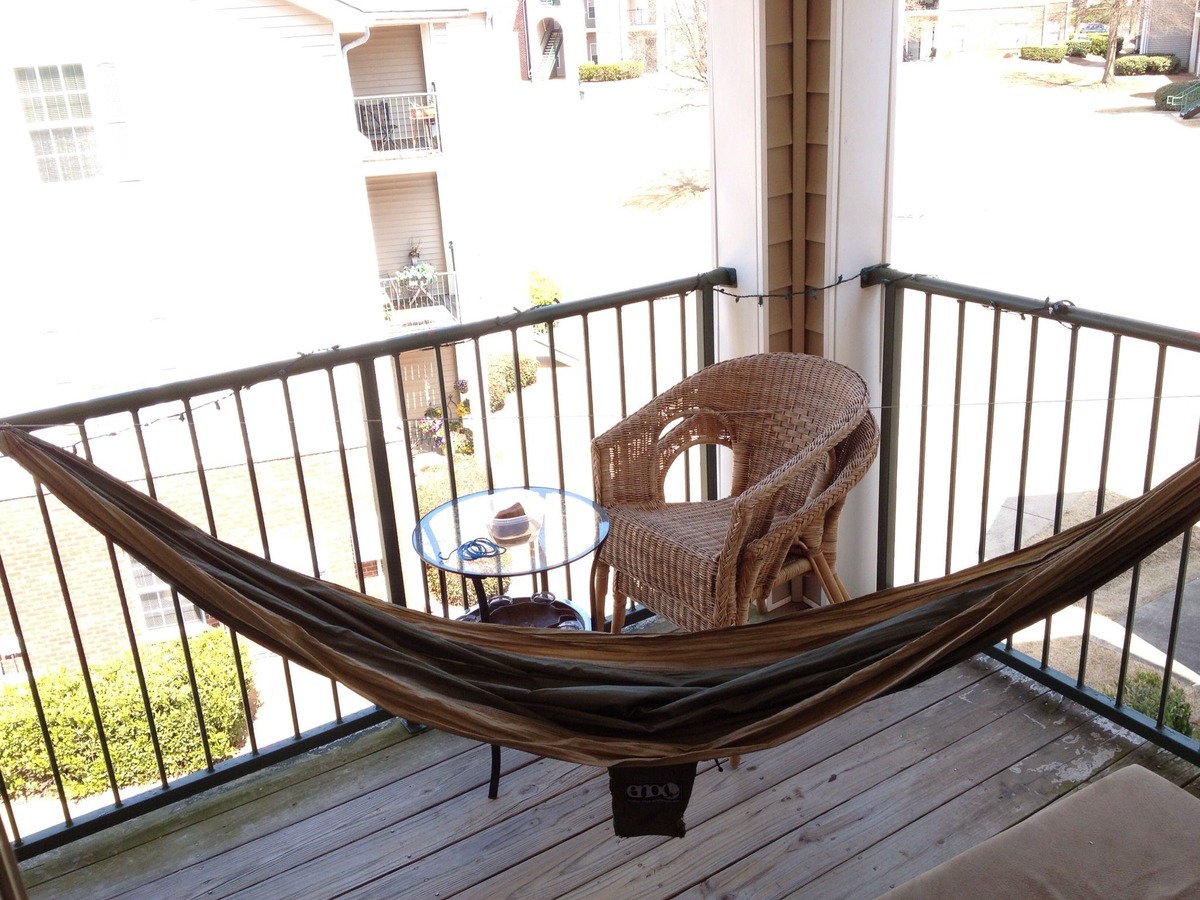
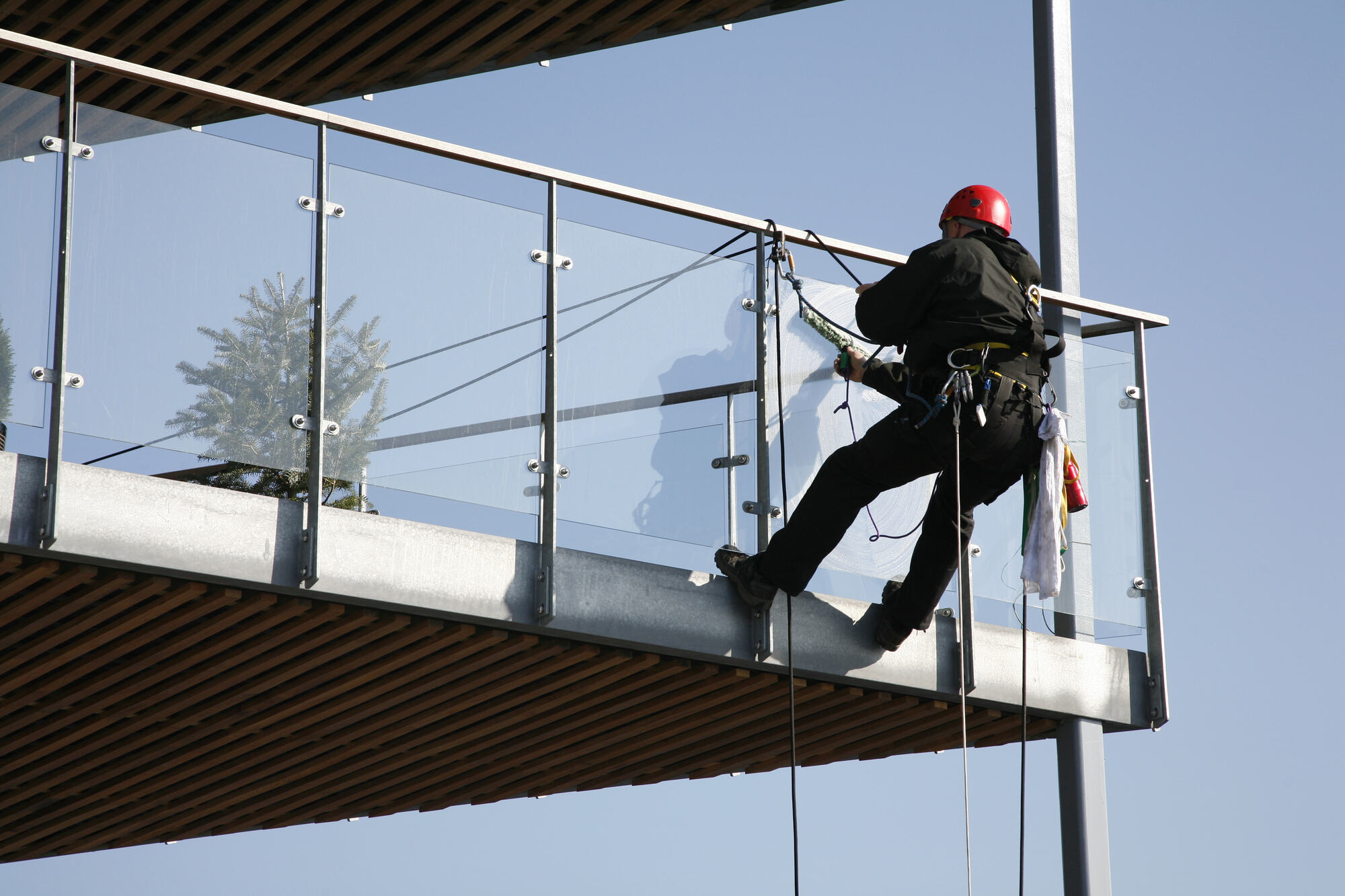
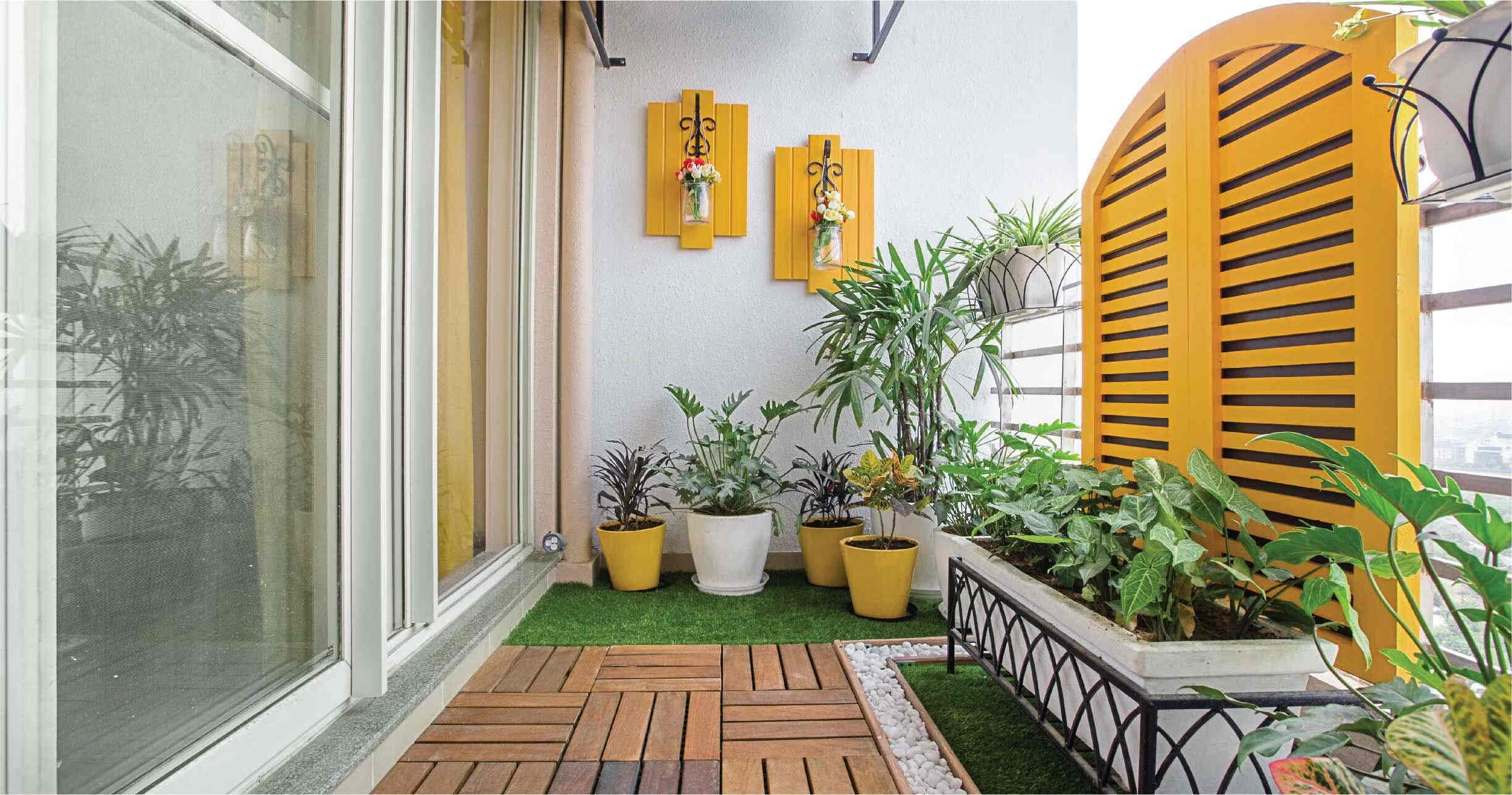

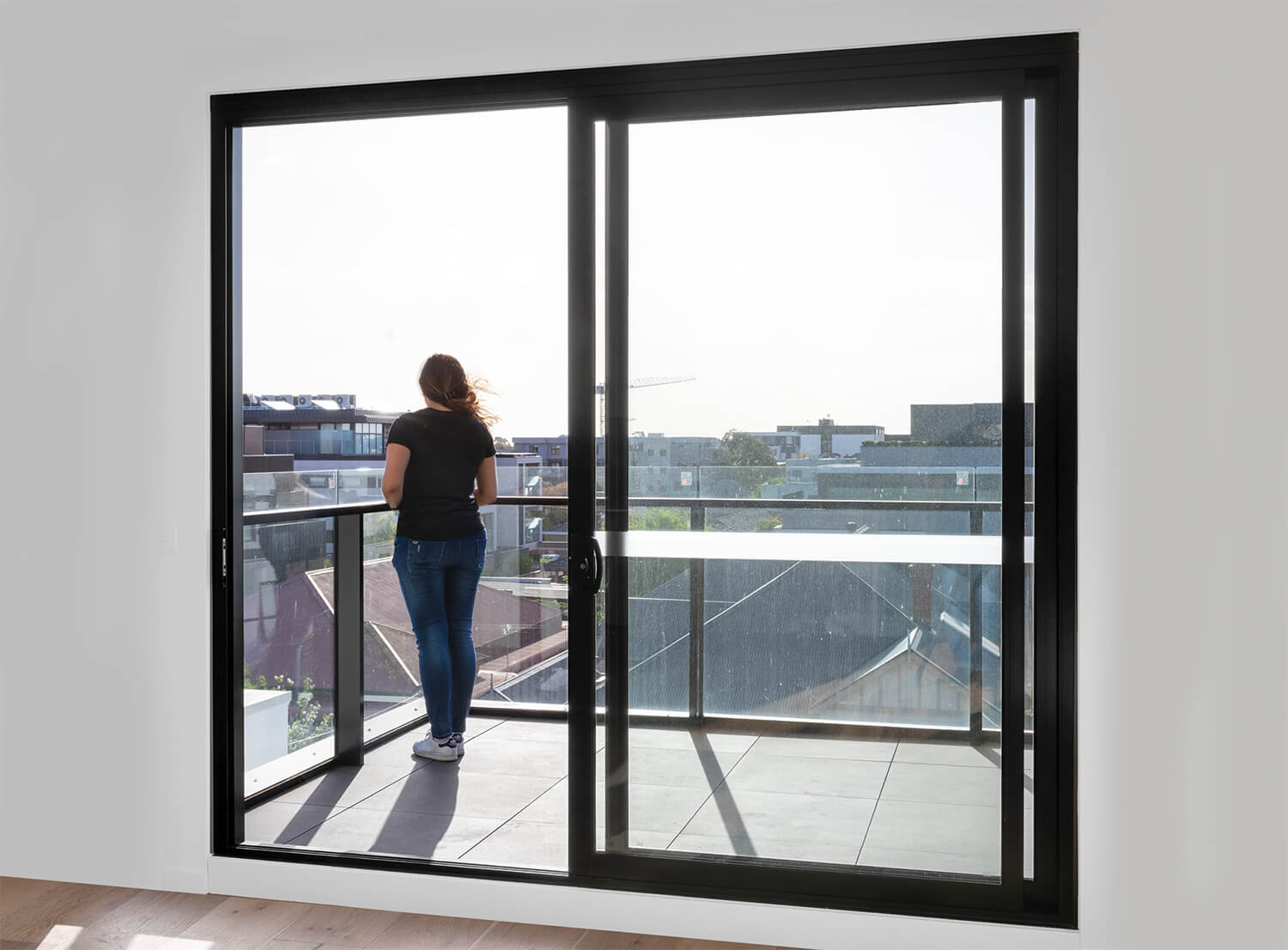

0 thoughts on “How To Make A Catio On A Balcony”